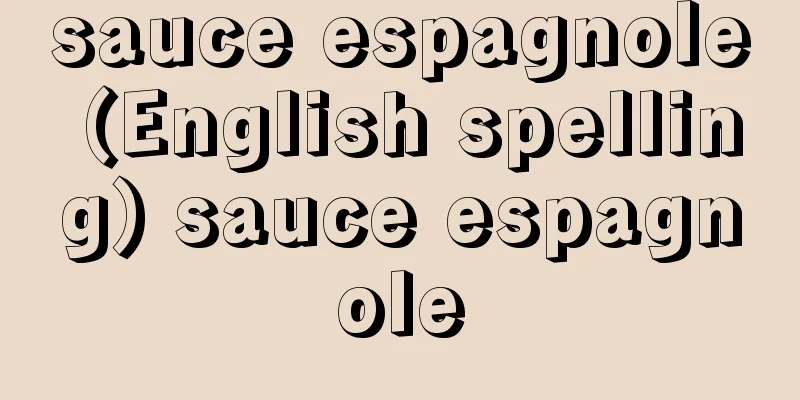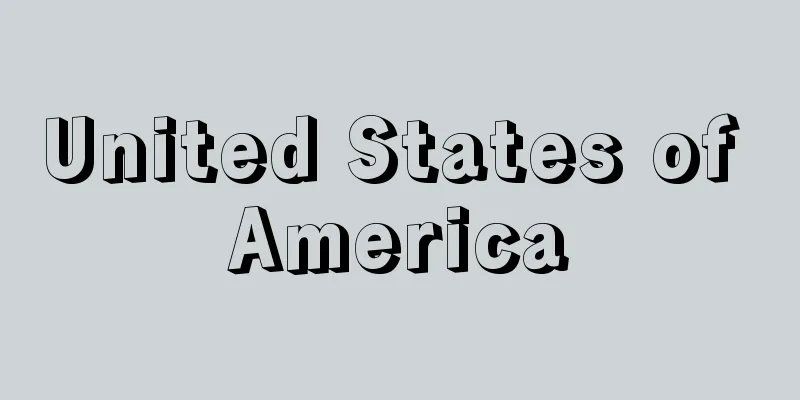Indraloris - Indraloris

|
...which leads to Australopithecus in the late Pliocene and then to Homo erectus in the Pleistocene. There are very few fossils that lead to modern prosimians, but fossils of the losidae species Indraloris are known from Pliocene strata in India. *Some of the terminology explanations that mention "Indralolis" are listed below. Source | Heibonsha World Encyclopedia 2nd Edition | Information |
|
…そして鮮新世後半のアウストラロピテクスAustralopithecus,さらに洪積世の原人ホモ・エレクトゥスHomo erectusへとつながっていくのである。現生の原猿につながる化石はきわめて少ないが,インドの鮮新世の地層からはロリス科のインドラロリスIndralorisの化石が知られている。 ※「インドラロリス」について言及している用語解説の一部を掲載しています。 出典|株式会社平凡社世界大百科事典 第2版について | 情報 |
>>: Intramuros (English spelling)
Recommend
Benediktov, Vladimir Grigor'evich
Born: November 17, 1807, Petersburg [Died] April 2...
Bekhterev, VM (English spelling)
...The term "behavior therapy" became p...
Ishido
...Also written as Ishido. A samurai family from ...
Goldenrod - Goldenrod
...The closely related M. figo , native to China,...
Kantoku - Director
...The position of the planets, especially Jupite...
Izumikizu
… [Matsubara Hiroshi] [history] Located on the so...
Sikkim [State] - Sikkim
A state in northeastern India. It is located at th...
Eikanbushi - Eikanbushi
A type of joruri. It is a leading school founded ...
Mantella
…The tree frog family includes 10 genera and abou...
Microbial protein (microbial protein)
Proteins contained in the cells of microorganisms....
Constitutional law - Seitaisho
The Act on the Organization of the Government was ...
The Wartburgkrieg - The Wartburgkrieg
A legend about a German poet connected to the Wart...
Iris - Japanese iris
A perennial plant of the Iridaceae family (APG cl...
Pyrrhic victory
...After the Trojan War, he was killed in a fight...
Ente Nationale Idrocarburi (English)
…the common name for Ente Nazionale Idrocarburi, ...









